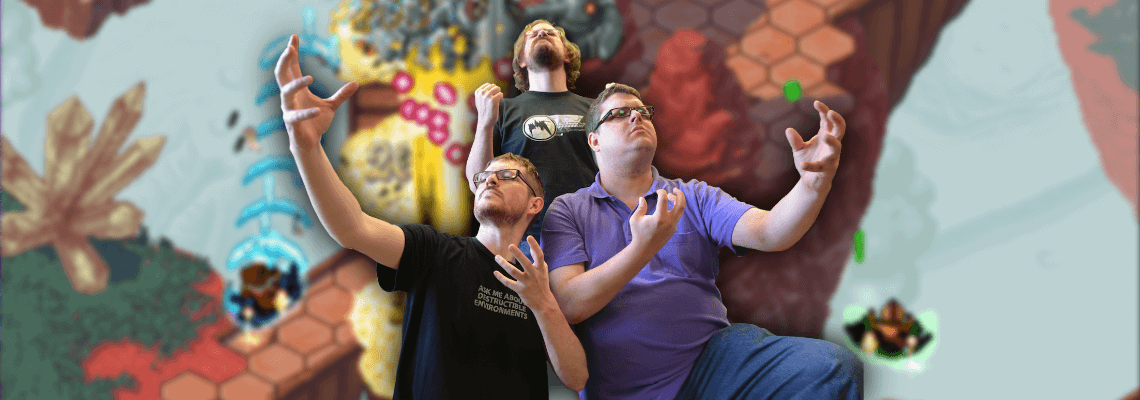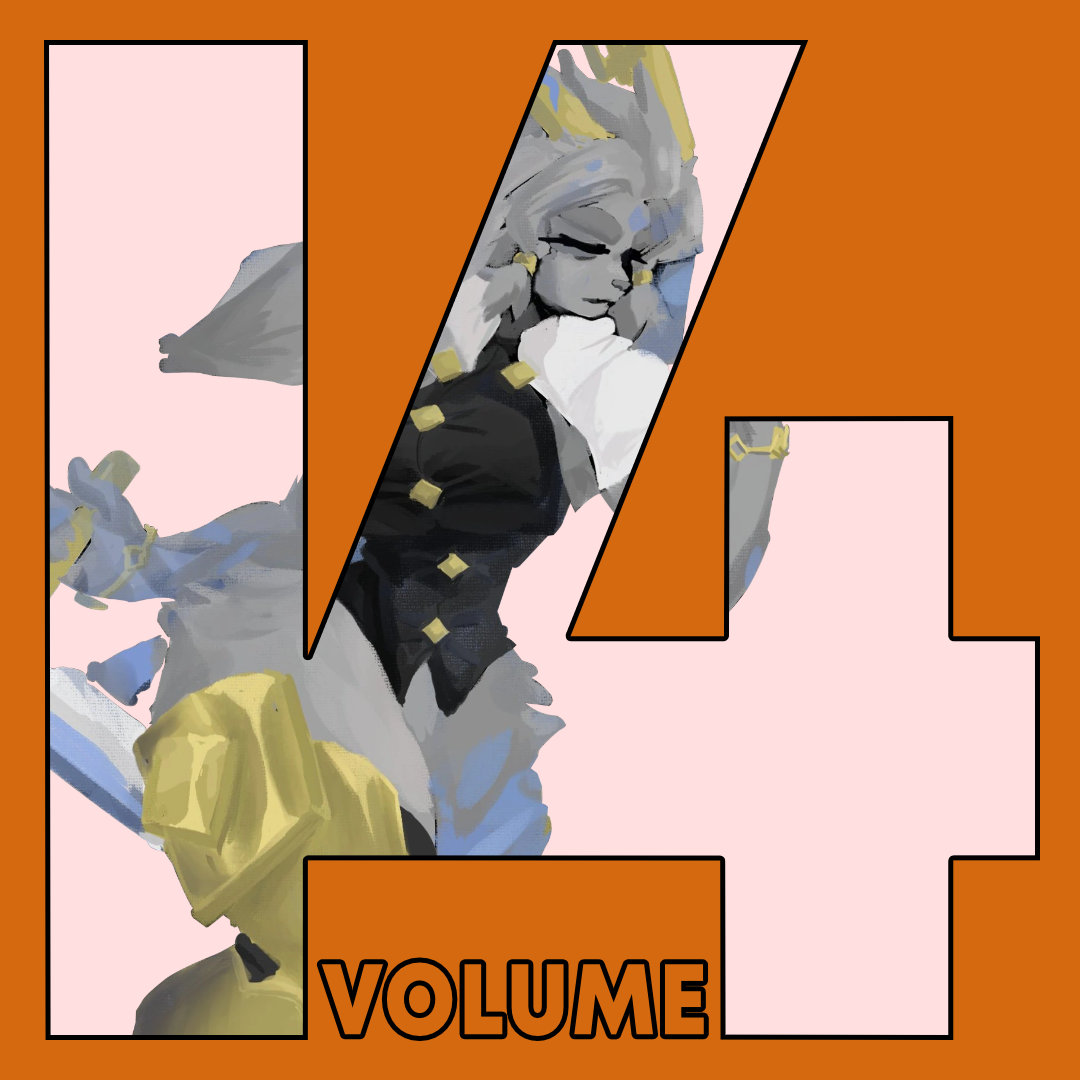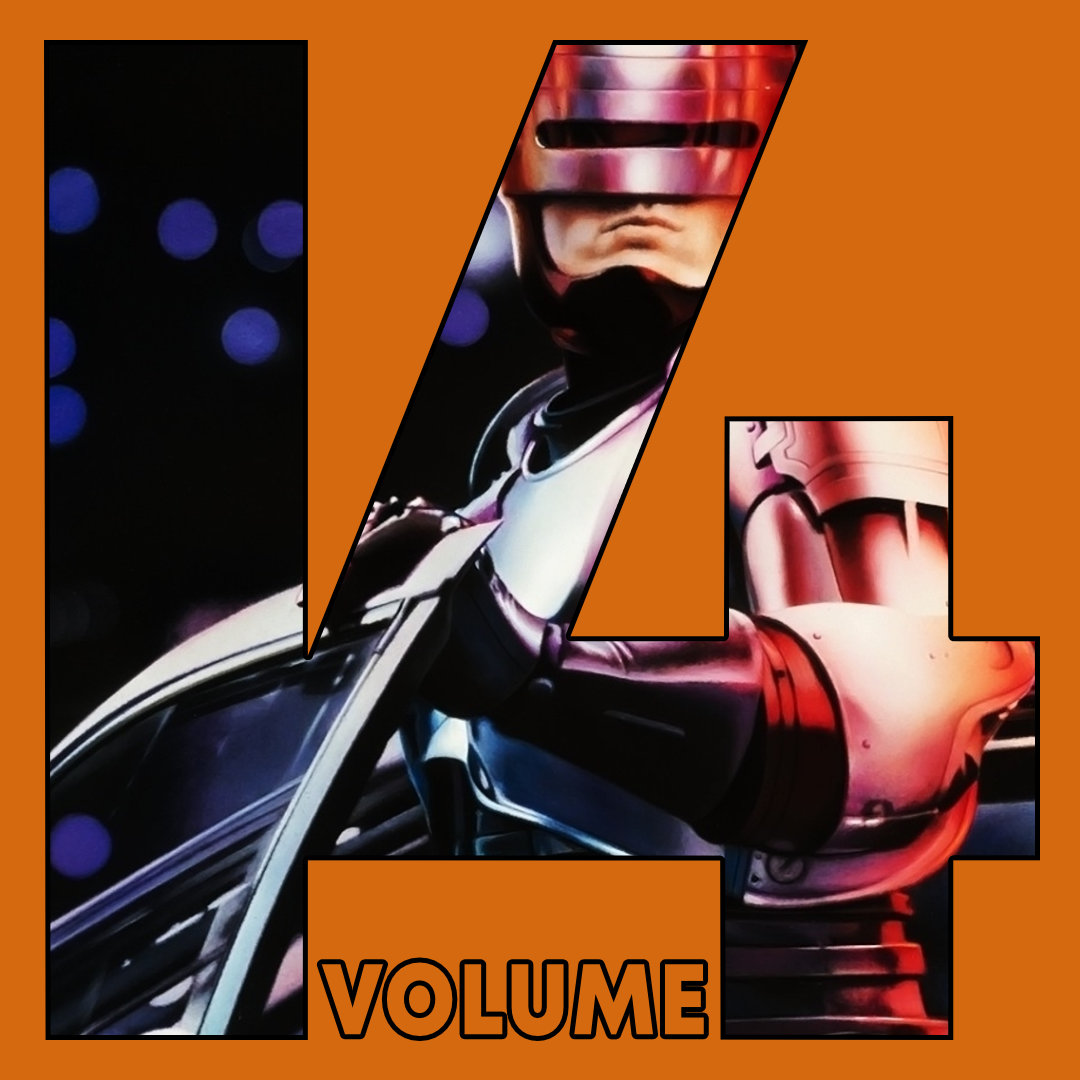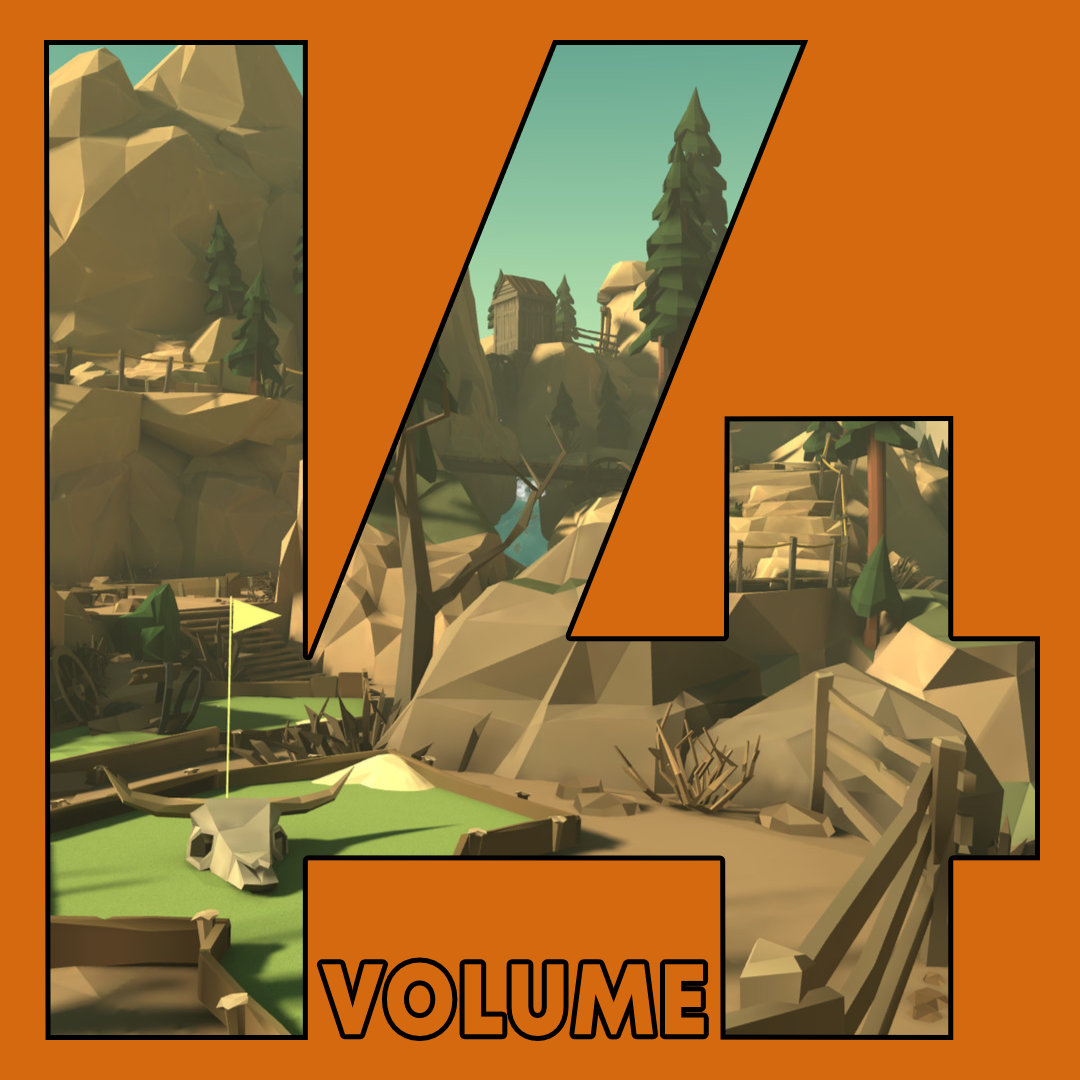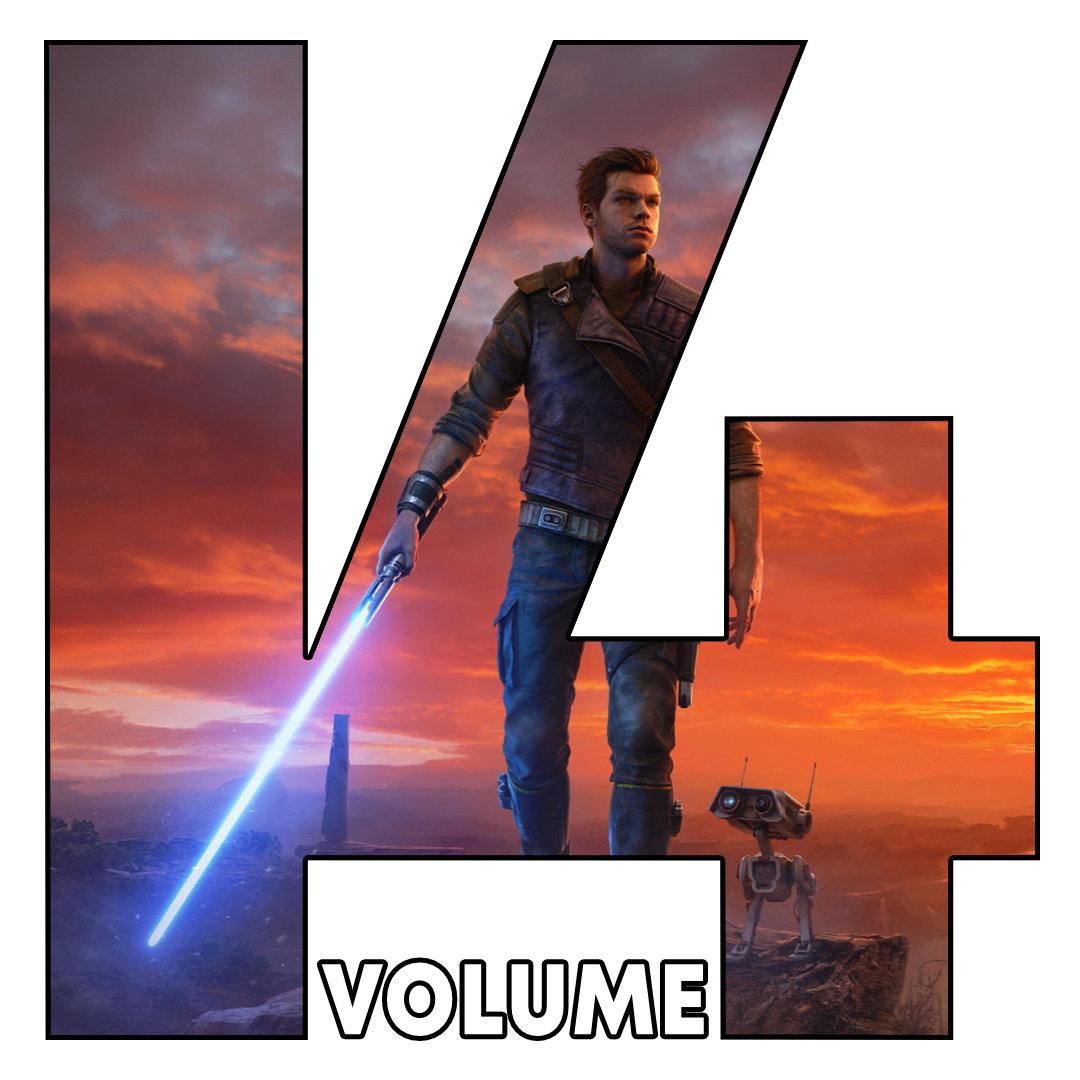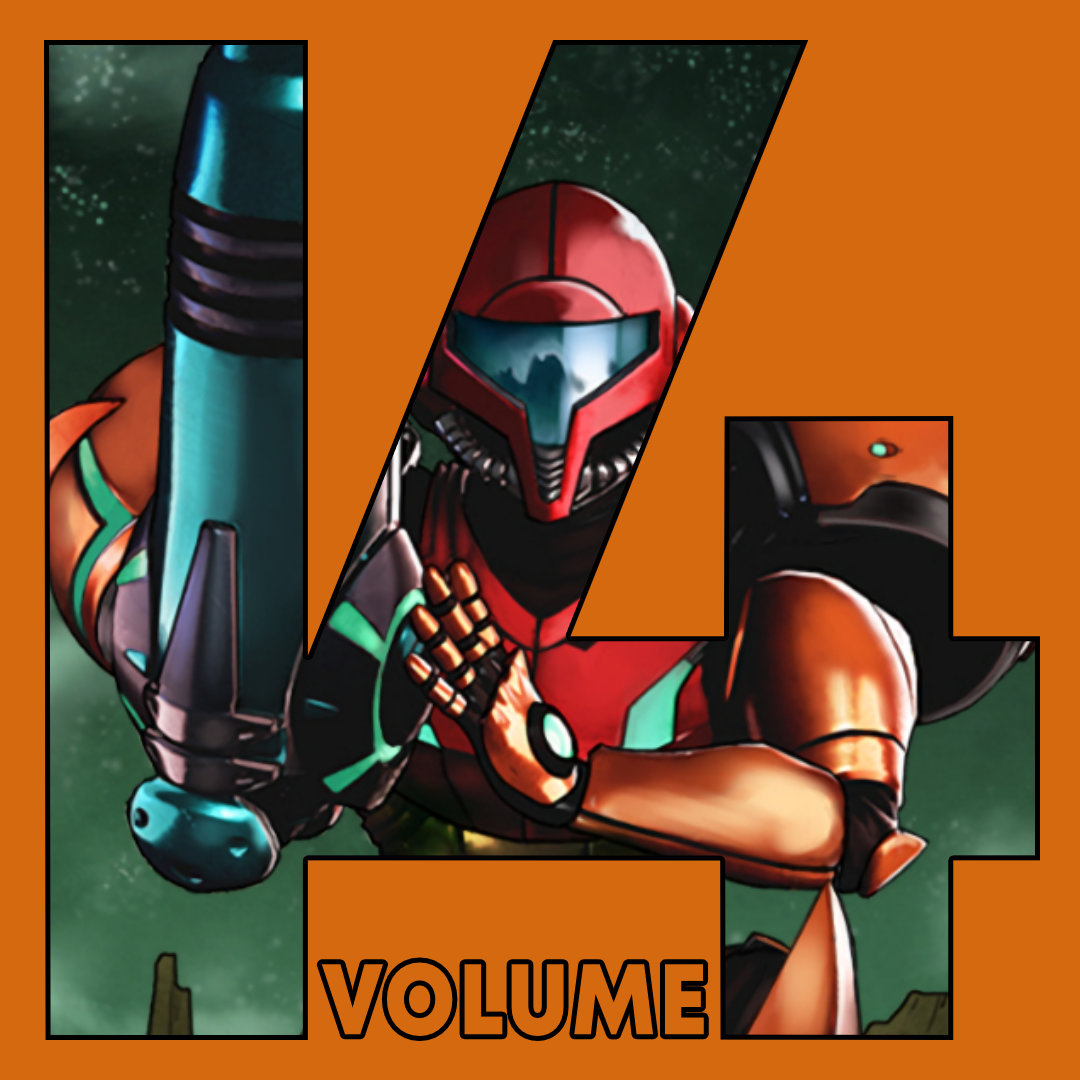There was a very interesting discussion in the recent podcast on the subject of Final Form Games’ 2011 release, Jamestown: Legend of the Lost Colony.
The discussion surrounded the game’s use of historical imagery and iconography and was instigated by this forum post by Owen Ketillson. After the episode was released, the discussion continued in the issue’s thread on the forum.
I contacted Final Form Games to inform them of the podcast and the conversation that came out of it, to see if they would be interested in responding to the topics being discussed.
Tim Ambrogi invited me to ask them a few questions about the game, and he and Mike had some very insightful answers.
Before getting into the interview, I’d like to say thanks to Owen for his initial post, as well as contributing his input on the interview questions; to everyone in the Cane and Rinse community who joined in the discussion; and of course to Final Form Games’ Mike and Tim Ambrogi for taking the time to answer our questions.
Without further delay, here is the interview:
Why did you choose this particular time in history to take inspiration from? Was it the historical events, the style or aesthetics of the time, or something else? What research was done on the time period?
When we set out to make Jamestown, we were initially drawn to the idea of setting the game somewhere outside of the boring space shooter aesthetic, yet still finding a way to connect it with the space/alien tropes of the shoot-em-up genre. The seed of the idea was to reimagine a history where the New World was Mars instead of the Americas. After doing an enormous amount of research into the people, places, events, and conflicts of the colonization, we decided to set our game in the early 1600’s, in an alternate-reality Virginia. In particular, we saw potential to tell a fantasy story that would pivot around solving the mystery of the Lost Colony of Roanoke.
While we were aware of an enormous number of historical inaccuracies (particularly timings of people, places and events), our goal was always to allude to history allegorically rather than a direct retelling of it. As such, almost none of the specific events or outcomes over the course of the game have actual counterparts in real history.
In Jamestown you chose to use specific iconography, events, and people from the actual colonization of North America. To what extent did you examine the potential baggage that might come with using these?
This is a great question, but a quick clarification may be needed in order to make sense of the answer. I think it will be valuable to respond directly to a particular passage from Owen’s well-considered post on this subject:
The most egregious example is how Jamestown paints the Martians as the aggressive antagonists. There is one level where the action pauses so the player can see the remnants of the Roanoke colony destroyed by a Martian attack. That moment serves to tell the player, “these are the bad guys and you need to take revenge”. Except that absolutely is not what happened. While it’s possible that the actual Roanoke settlers were massacred by First Nations, all the evidence is that they left their settlement fort on their own accord. The idea that they were mercilessly slaughtered in their homes is perpetuating the false idea of the real First Nations as ruthless savages that deserved the genocide they ended up receiving.
Here I fear the events of our story have been fundamentally misunderstood. As the storytellers, we must take some credit for the confusion, but let me clarify: The story of our game is that the Conquistador (a rogue Spanish officer) uses a shard of the ‘Heart of Mars’ artifact to cause the flora and fauna around Roanoke Colony to attack, subsume, and destroy it. (This is why the town’s houses seem to seamlessly blend into the tree trunks of the swamp, and the shard itself is still stuck in the head of the giant plant boss you fight at the end of the level!) He does this alone, and without the support or knowledge of the Spanish or Martian populations. Not only are the Martians not intended to be seen in any way as perpetrators of the destruction of the colony, there is no notion of a revenge plot against them in the story that follows.
With that said, we were actually deeply uncomfortable with the allegorical implications of the player ‘heroically’ killing Martians (with points popping up above their heads), which is why the only Martians you fight in the story are within the very first level. From that point on, there are no native Martians in the game. The section of the level Owen is referring to has the player shooting aggressive swamp plant life (pods, branches, spore clouds). Other levels have you battling Martian defense automata, Spanish defense automata, and (in the ‘Jamestown+’ expansion) crabs dressed as pirates. It is only in the specific case of the opening battle that we still decided it would be valuable to portray the direct conflict between the British, Spanish, and Martian civilizations.
I feel that our use of places, events, and people from history formed a useful foundation on top of which we were able to build a wild fantasy story that was still grounded in something real and familiar. In a sense, the best thing about setting a story in an alternate version of our world is the baggage players bring along; it is those very associations that often distinguish speculative fiction from fantasy. Unfortunately, you don’t get to pick and choose which associations your players are going to make, and, as such, a great deal of consideration must be given to everything you do. The best story beat, the coolest enemy idea, the most nefarious villain – all must pass through the lens of the allegory.
Some listeners have strongly criticized the game’s use of this iconography. If you disagree, how do you feel Jamestown benefits from using history in the way it does? (Example: The portrayal of Virginia Dare and Joachim Gans as Native Americans, when historically they were not.)
I have read some of the criticism in question, and I absolutely agree that the costume treatment of those two characters follows an unfortunate Hollywood trend of First Nations cultural appropriation. It was a poor artistic decision made carelessly, and I agree that it does not reflect well on our game or our own values as artists. Having read that criticism, however, I can see that this was also a failure to communicate our intent clearly.
In the game’s story, those characters are still meant to be a white Christian and a Jew. In our version of history, Virginia and Joachim survive the Conquistador’s attack on Roanoke Colony, and lived peacefully in the wilderness around Roanoke for over a decade. This was loosely based on the best theory (back in 2009) for what happened to the actual survivors of Roanoke Colony, which was that they simply left the fort and lived in peace with the indigenous civilization. The reason Virginia Dare is wearing leather skins is that she has had to make her own clothes while living in the swamp. Our regret here was that we tied her costume design cues into First Nations visual motifs.
Regarding Joachim’s mohawk: the character designs originated as pixel art, and the mohawk was a hairstyle we chose for Gans because we could represent it easily and clearly in just a few pixels (without having to animate yet more flowing locks). Again, we felt a convenient thematic resonance with the Hollywood ‘New World’ aesthetic, and didn’t adequately consider whether this kind of cultural appropriation might be saying the wrong things in light of the game’s setting and story.
Ironically, one of our goals in the design of those two characters was to broaden the usual videogame diversity within our cast by including a female pilot and a Jewish pilot. They were never intended to be seen as First Nations surrogates, or as some kind of rationale for shooting native Martians.
Has your understanding of your work changed in the 5 years since Jamestown’s release? Do you wish you had made different choices, if so which ones?
Our understanding is always changing, and (I hope!) improving as we tell more stories and put more of our work out into the world. I do wish we could have afforded to follow through on our game’s original pitch, in which there were 3 campaigns, each told from the perspective of the three warring civilizations. I believe this would have strengthened the allegorical potency of the story by offering a less one-sided view on the history of the colonization of the Americas. Unfortunately, we simply didn’t have the resources to realize that vision.
In the recent Jamestown+ expansion, we did finally spend what it cost to animate a pilot composed entirely of wavy tentacles, and in doing so introduced a Martian as a playable character. I wish we had done so sooner, and I wish even more that we had done more to give a voice to the Martian civilization. By illustrating the Martians as non-human, and by leaving their culture as an opaque mystery shrouded in silence, we ended up creating an experience analogous to what some European colonists might have had when they first encountered the native inhabitants of the Americas. Unfortunately, by stopping there and not advancing the player’s understanding of these people, we leave it entirely in the player’s hands to project value, virtue, and humanity onto them. This was a real missed opportunity, and while we might have made further missteps in trying to do better, we feel it would have been worth trying.
I would like to touch on your design philosophy regarding difficulty: in order to reach the final stages of the game, players must complete the previous stages on higher difficulties. What was the thought process behind this decision?
These requirements are mentioned upon hovering over the locked stages, but it is not presented anywhere else. Was this obfuscation of information intentional? Was it done to encourage new players to not attempt overstepping their ability early on? Was there any concern that this may be seen as unnecessary padding by players?
This is the only one of your questions that we have been asked before, and we have been asked it many times. Generally, I avoid answering it in full, but your community seems open-minded and analytical enough to appreciate the response without cynicism.
So, right away, I want to reject two popular but untrue theories: The gating system was never intentionally obfuscated from the player, and it was not designed to artificially ‘pad out’ the game and lengthen the game experience. The obfuscation came from us having designed a counter-intuitive gating mechanism and then failing to find a clear way of presenting it to the player that wouldn’t confuse them further.
Let me give a little historical context: most shoot-em-up games contain between 5 and 7 stages, and do not offer any kind of difficulty selector. This is a holdover from the arcade era that gave rise to the genre, where difficulty increased based on both progress and your skill. Every game would start back at the beginning of the game, and you would have to play through the early levels again and again in order to reach the later levels. Relatively few players ever progressed past the second or third level, and almost nobody would beat them. This, I believe, is what led to the death of the shoot-em-up as a mainstream genre – the arcades died out, and modern gamers became frustrated with this outdated progression model. The people who still dedicate significant hours to playing shoot-em-ups are generally OK with this progression model, and so conventional wisdom is that when creating a game solely for that market it is actually a value-add to do nothing new and stick to the tried-and-true genre tropes.
In creating Jamestown, our goal was to make a shoot-em-up that would still be authentic in all the ways we felt mattered, but at the same time make it accessible and enjoyable to modern gamers. We wanted to implement co-op in a shoot-em-up that would be as fun and satisfying as (at the time) modern co-op games such as Left 4 Dead and Rock Band. This led us to violate a number of long-held assumptions about shoot-em-up design. We implemented a-la-carte level selection, granular difficulty levels, multiple very-low difficulty options for first-time shoot-em-up players, flexible credits in co-op play, and a complex but balanced 1-4 player shared-scoring system. None of this was done thoughtlessly, and all of it meant inventing solutions to new problems that fell out of those design decisions.
The place where our vision ran into conflict with itself was that we still wanted players to become skilled at playing shoot-em-ups in order to beat the game. Throughout development we would refer to the game as ‘shoot-em-up university’. This goal lies in diametric opposition to the desires of a large swath of modern gamers who approach games more as ‘content tourists’. For many such gamers, the value of a game lies in how much high-quality content you get to experience, not in the individual mastery of stages and core game mechanics. Surprisingly, we found during testing that players who came in looking to consume high-quality pixel-art content would often emerge exhilarated by having become skilled at our game. Many wrote to say that they had fallen in love with the genre – that they had finally gained access to what they had written off as an inaccessible genre of game.
Our progression system is an attempt to model the traditional experience of playing sequential rounds of increasing difficulty within the unusual framework of a-la-carte level selection. The default difficulty is called ‘Normal’, and all but guarantees initial success. We found that most players were loathe to pick ‘Easy’, or ‘Beginner’ modes, but their egos would allow them to pick ‘Normal’. This soft introduction led players to overcome the overwhelming shock that usually accompanies a first foray into the genre. Once they attach identity to that success (“I can do this!”), players are more willing to weather the experience of trial-by-fire that the genre demands. Upon completing the third level on Normal, we balanced the first level on Difficult to actually be slightly easier than that. Again, this offers more calculated success that supports the player’s burgeoning identity (‘I can do this, even on higher difficulties!’).
As you know, this is where the beauty of the design starts to unravel – the player does not want to have to beat the levels they have already beaten, even at a higher difficulty. They want to experience more new content, and feel tricked into having to play the old content again. As I mentioned above, this is partly a presentation problem, but we had a hard time presenting things in a way that didn’t cause players to try to minimize their play time and play their first humiliating game on Legendary. We found that if players did this, they rarely recovered from that loss, and saw it as a mark of shame that they would have to play through on Normal first.
Would more levels have helped? Definitely, yes. Unfortunately, each level took between 6-12 weeks to create, on top of all the other ship design, UI, sound, music, balancing, writing, marketing, etc… We only had 3 full developers on the project, and by the time we finished it we were each thousands of dollars in personal debt and living with our parents. Yes, more levels would have been nice, but adding 3 more levels of quality content could easily have taken a year to pull off. That said, if you’d like to see what those levels would have been, check out Jamestown+, which is exactly that, and I think does a lot to solve the progression problem. In Jamestown+, you have the additional option of playing levels on the Martian moons once you begin the second loop through the stages.
As it stands, the flawed progression system was the best we could come up with, given the resources we had. For the majority of players, the progression system is annoying, but also satisfying. I understand the well-founded resentment at our saying ‘eat your vegetables first’ instead of ‘git gud’ (see: Dark Souls).
We do wish we could have found something better, so I thought I’d share with you one backlogged idea that maybe could have been what we needed: We would make beating a stage be worth some number of ‘stars’. Normal completions would be worth 1 star, Difficult worth 2, and Legendary or higher worth 3. These would not be a grind currency, but rather an achievement currency. Each level would be gated by how many stars you had collected. That way, we could give the player more flexibility to progress as they please through the content, but still skill-gate the player’s ability to finish the game. It would also offer us more flexibility in deciding exactly how hard or soft we wanted certain gates to be. Most importantly, this is a mechanic modern players are already much more familiar with, so it would be less difficult to clearly represent.
We very nearly implemented the above system for Jamestown+, but the cost to implement it, balance it, and then rework the UI and existing progression/savegame/unlock systems around it was too much to spend on revisiting a feature that ultimately had been praised by players at least as much as it had been criticized. Even now as I write this – even though I know it was the correct business decision – I still feel that familiar pull of regret that we didn’t try…
—
Thank you so much for sending your questions along – it was a pleasure to revisit and examine our writing and design process, and to discuss it with you here. We thank you and the members of your community for your thoughtful and spirited discussion of our (tiny) game’s story. It’s always been our belief that stories and games have the power to shape both our thoughts and our understanding of the world, and we appreciate that you all feel the same way.
Sincerely,
– Mike and Tim

